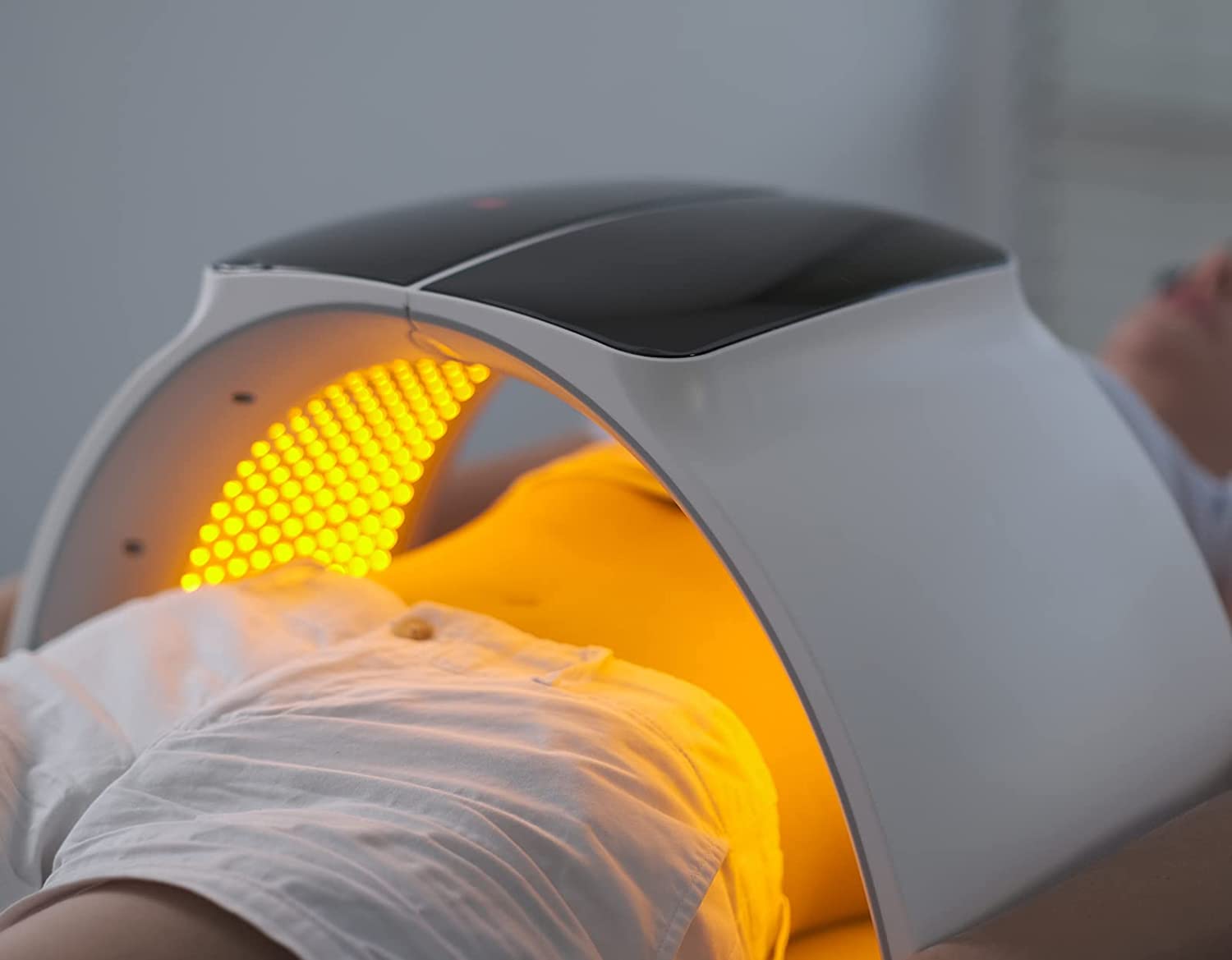Unlock the Secret to Radiant Skin: Discover the Power of Full Body Red Light Therapy!
Red light therapy has taken the skincare world by storm, becoming a popular choice for those seeking to rejuvenate their appearance and enhance overall skin health. This innovative treatment harnesses specific wavelengths of light to penetrate the skin, promoting healing and rejuvenation. Full body treatments offer a comprehensive approach, addressing various skin concerns while providing benefits that go beyond cosmetics. As more people become aware of its advantages, the interest in home devices for red light therapy is on the rise, allowing individuals to enjoy professional-level results from the comfort of their own homes.

Understanding Full Body Red Light Therapy
Full body red light therapy involves the use of specific wavelengths of light, typically in the range of 600 to 900 nanometers, which are known to stimulate cellular activity in the skin. When these wavelengths penetrate the skin, they energize the mitochondria, the powerhouse of the cell, leading to enhanced production of ATP (adenosine triphosphate). This process not only helps in cellular repair but also stimulates collagen production, making it a potent treatment for various skin issues. There are several types of devices available for full body treatments, including handheld units, large panels, and even full-body beds designed specifically for this therapy. Each device caters to different needs and preferences, making it important for users to understand their options.
Benefits of Full Body Red Light Therapy for Skin
The benefits of full body red light therapy are numerous and well-documented. One of the most notable advantages is improved skin tone and texture. Users often report a reduction in fine lines and wrinkles, thanks to the boost in collagen production. Additionally, red light therapy can help diminish the appearance of scars and stretch marks, providing a more even complexion. Beyond aesthetics, this therapy is known to reduce inflammation, aiding in the healing of various skin conditions such as acne, eczema, and psoriasis. A friend of mine suffered from persistent acne scars, and after a series of full body red light therapy sessions, she noticed a remarkable improvement in her skin’s appearance and overall health.
How to Choose the Right Equipment for Home Use
When considering red light therapy devices for home use, it's essential to evaluate a few key factors. First, consider the wavelength—most effective treatments fall within the range of 600 to 900 nanometers. Next, assess the size of the device; larger panels can treat more surface area at once, making them ideal for full body sessions, while smaller devices are more portable for targeted use. The intensity of the light is another critical aspect, as higher intensity can lead to faster results. Safety should also be a priority; look for devices that incorporate safety features such as automatic shut-off and skin sensors. My friend invested in a panel that met all these criteria and has been thrilled with her results.
Best Practices for Effective Red Light Therapy Treatments
To maximize the benefits of full body red light therapy, it's important to incorporate it effectively into your skincare routine. Recommended treatment times typically range from 10 to 20 minutes per session, depending on the device's intensity and your skin's sensitivity. Frequency is also crucial; most users find that two to three sessions per week yield the best results. Positioning matters as well; ensure the device is at the appropriate distance from your skin for optimal penetration of the light. Common mistakes to avoid include overexposure and neglecting to clean your skin before treatment, as impurities can inhibit the effectiveness of the therapy. By following these best practices, you'll be well on your way to achieving the radiant skin you desire.
Unlocking the Benefits of Full Body Red Light Therapy
In summary, full body red light therapy presents a powerful solution for those looking to enhance their skin's health and appearance. With benefits ranging from improved tone and texture to reduced inflammation and faster healing, it's no wonder this treatment has gained popularity. By understanding how to choose the right equipment and incorporating best practices into your routine, you can unlock the full potential of this innovative therapy. Investing in your own red light therapy equipment may very well be the key to achieving the radiant skin you've always wanted, all from the comfort of your home.







Comentarios